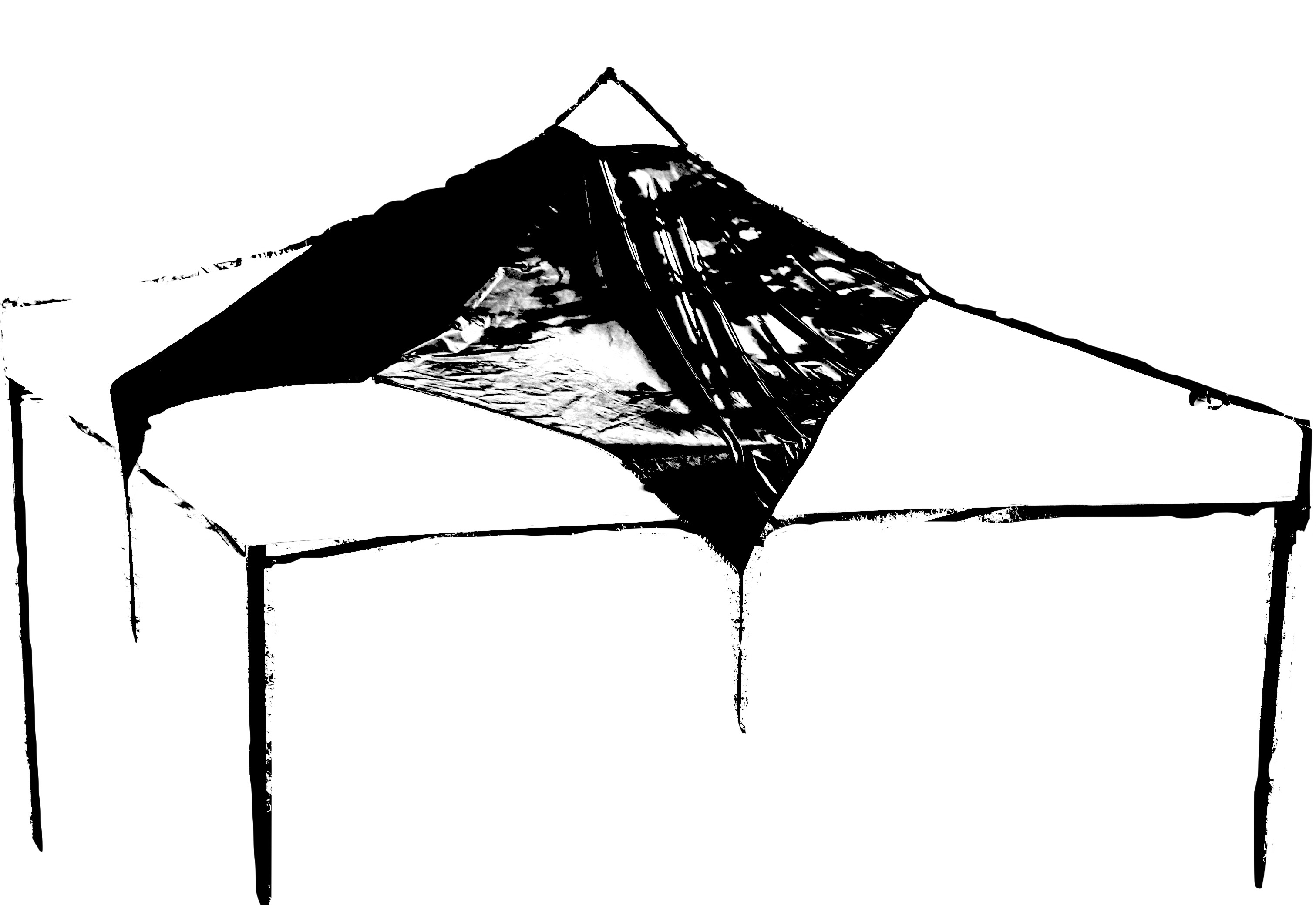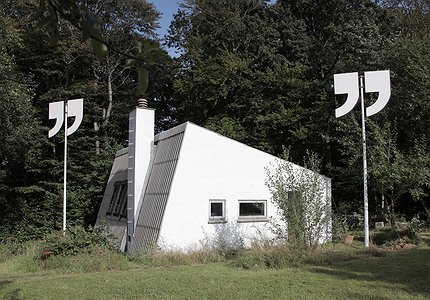In Defense of the Normative Child was the title of the show where I showed my installation. This rather off putting title became more interesting once Andreas Führer, the director of Institut Funder Bakke in Denmark explained the intentions:
"Questions, long troubling the IFB administration, are:
What is it that drives the child out of the supposed pre-normative condition and into the ambient social contract that holds everything in ”its proper” place?
and
What kind of longing makes the child want to stay too long at the dinner table and in a self-confident manner talk into and to the grown ups’ domain?
and
What kind of disappointment arises when the pre-normative, all-inclusive imagination of the child’s drawing, is replaced with the attempt at making the drawing correspond with the real, say: “a bicycle”?
and
Why is the history of modern art so preoccupied with the idea of the male ”genius” and his ability to re-enter the state of the pre-normative, precursor to the ability of climbing back up the womb, say: “Asger Jorn”?
In any institution’s unfair manner we proposed these questions to the artists Joachim Hamou and Signe Frederiksen, that we ourselves are unable to answer"
The exhibition lasted the month of August with a performance by Signe Frederiksen in the exhibition space every Saturday.
The Body Keeps the Score is an installation of three distinctive works. I borrow the title from a book with the same name by the psychiatrist Bessel van der Kolk. In the book he talks about how the body keep the trauma alive even if a patient have done extensive therapy. A traumatic experience is stored in the physical memory.
 The Body Keeps the Score #1 is inside the studio-body; the genesis of art production. In my case it is a non-resolved place. I feel that I have to make all kinds of narratives around the origin of my intention. It’s like a psychotic space and the art coming out of it is the construction hiding or protecting the original trauma.
The Body Keeps the Score #1 is inside the studio-body; the genesis of art production. In my case it is a non-resolved place. I feel that I have to make all kinds of narratives around the origin of my intention. It’s like a psychotic space and the art coming out of it is the construction hiding or protecting the original trauma.
 The Body Keeps the Score #2 is quoting the studio and the art practice as such. In this case, at IFB, the quote also emphasizes the specific context of IFB being situated in the former studio of the artist Kai Fu?hrer.
The Body Keeps the Score #2 is quoting the studio and the art practice as such. In this case, at IFB, the quote also emphasizes the specific context of IFB being situated in the former studio of the artist Kai Fu?hrer.
 The Body Keeps the Score #3 is an outsider position; a place for reflection, an analytic space maybe. But it’s also a speculative space. It is from here that mythologies are generated, when you look at the studio and imagine the work produced there. The pavilion also worked as a support for Signe Frederiksen’s audio version of her performance.
The Body Keeps the Score #3 is an outsider position; a place for reflection, an analytic space maybe. But it’s also a speculative space. It is from here that mythologies are generated, when you look at the studio and imagine the work produced there. The pavilion also worked as a support for Signe Frederiksen’s audio version of her performance.
One could also say that The Body Keeps the Score #1, 2 and 3 are like three acts in a drama.
